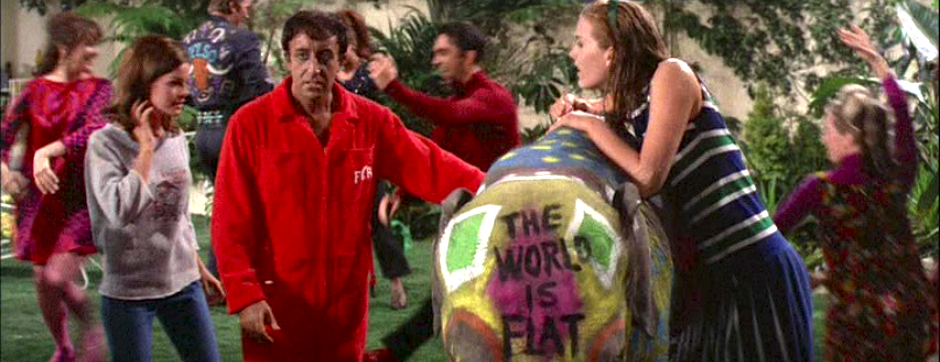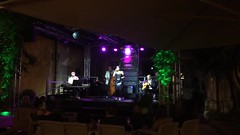
- Image via Wikipedia
That 12 November of 20 years ago was the day in which many ideas from hypertext research found a realistic down-to-earth version from Tim Berners-Lee, at the time an engineer at CERN, Europe’s center for nuclear research in Geneva (yes, the same of the Large Hadron Collider, of recent media hype). The paper that gives birth to the Web, written together with Robert Cailliau was “Proposal for a HyperText Project“, now a sacred piece at the W3 Consortium, the organization dealing with the Web standards and development.
Berners-Lee’s paper described everything, from servers to browsers to the general architecture of the World Wide Web.
Only a few years later, in 1992, a graphic browser was launched as free software by NCSA, the Supercomputing Applications Center at the University of Illinois. I remember those days of exciting adventure over a new realm. I remember passing from the texting features of ftp to the Gopher and then to the glorious Web. Museums, newspapers, universities immediately jumped on. What a time! I had just opened up the AI Lab at Sagrado Corazón and we were so excited from this thing we couldn’t take our hands off the browser. Which we haven’t just taken off from!
Now, the interesting part of the story is that NCSA Mosaic, the first graphic browser launched in 1992 and later morphed into Netscape Navigator (remember?), though discontinued since long now, was at the heart of all today’s browser implementations, from IE to Firefox!
You can still download NCSA Mosaic and be brought back twenty years in the past! You’ll see that though the Web has evolved quite a lot, the idea of browsing hasn’t changed that much, and certainly the browser hasn’t!
You can also appreciate how all our nice computer scientists and communications experts from all over the world missed the boat entirely. Actually this is a very good example of how disconnected is our university-based research system from reality. All our papers, conferences etcetera and the gurus weren’t able to produce what the outsider Berners-Lee did just out of need, good reasoning and the previous work of hypertext development. But the rest 90% of university research was nil. Well, I may be unfair… you probably need 90% fruitless research to produce a 10% of great results. Still, this is why I enjoy so much listening to these big gurus (especially from the computing and the communication/philosophy areas) who keynote and publish their immense knowledge of something they could not predict nor implement.
Related articles
- 20 Years Ago, The Web’s Founders Ask for Funding (wired.com)




